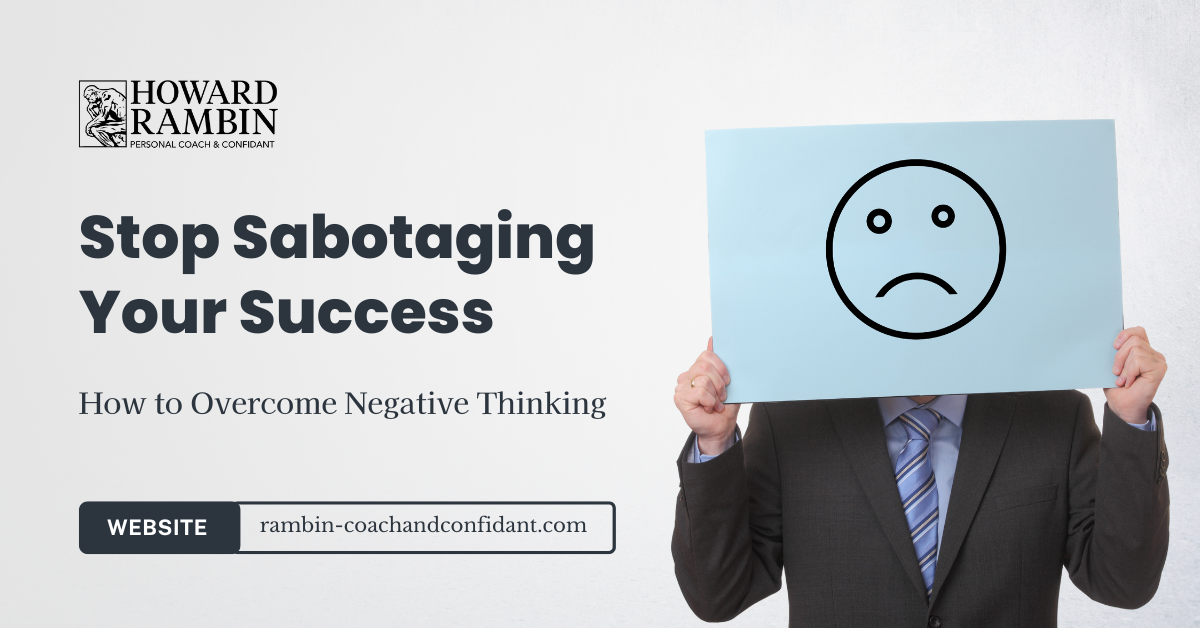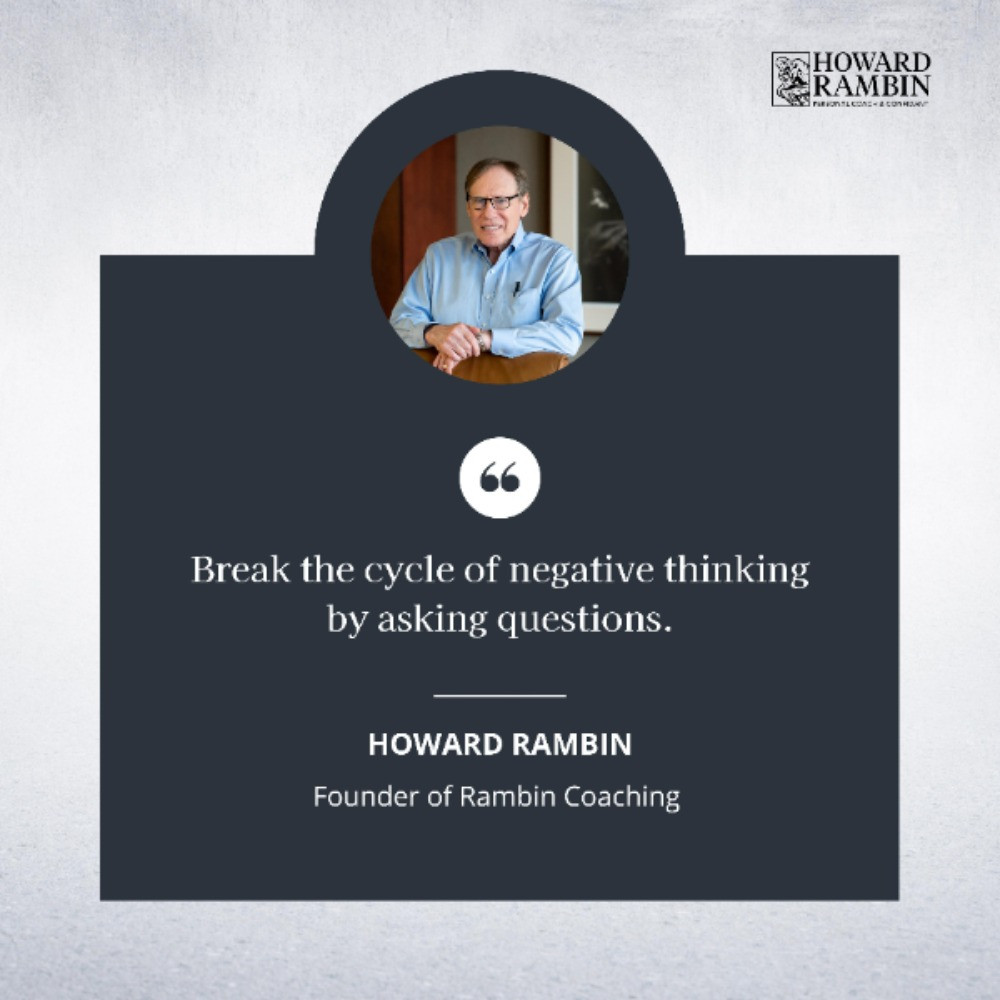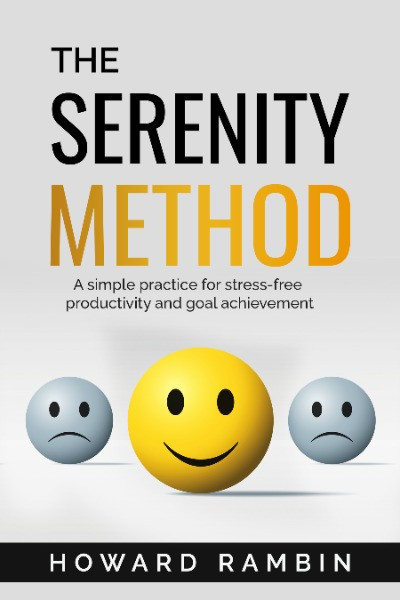
Stop Sabotaging Your Success: How to Overcome Negative Thinking
Our thoughts and feelings affect our behavior and actions. Many people unwittingly sabotage their own success by engaging in negative thinking. Most people assume that their feelings come directly from their circumstances, but the reality is that our thoughts produce our feelings. This means that our thoughts are incredibly powerful, and they can have a profound impact on our emotional well-being.
When we encounter a situation or circumstance, our brain automatically processes it and creates thoughts based on our past experiences and beliefs. These thoughts then trigger corresponding emotions, which can either be positive or negative depending on the nature of the thought. For example, if we receive negative feedback at work, our initial thought might be, "I'm not good enough," which can then lead to feelings of sadness, frustration, or even anger.

Negative emotions are toxic to our performance and well-being.
Negative thoughts can lead to:
- Pessimism, lack of motivation, and a defeatist attitude that can affect productivity and success.
- Lack of focus – which can lead to missed deadlines, poor performance, and a lack of progress towards goals.
- Fear of failure – which can prevent us from taking risks and pursuing our goals. In business, this can result in missed opportunities, reluctance to innovate, and an overall lack of growth.
- Conflict. Negative thoughts and assumptions about others can create tension and misunderstandings that can be difficult to resolve.
Unfortunately, our brains are wired to pay more attention to negative thoughts than positive ones, which means we tend to experience more negative emotions than positive ones. On the upside, there is a simple way to overcome negative thinking. Break the cycle of negative thinking by asking questions.
Questions are a powerful tool that can help break the cycle of negative thoughts and emotions.

Here's how it works:
1. Identify the Negative Thought
The first step is to become aware of the thought that are causing your negative emotions. This can be anything from "I'm not good enough" to "I'll never succeed."
2. Challenge the Thought by Asking Questions
Once you've identified the negative thought, ask yourself a series of questions that challenge it.
Here are some questions you can use:
- How is it possible that it’s true?
- Is it possible that it’s not true?
- Why?
- Why do you think that?
- So what?
- Why is it a problem?
- What am I making this mean about me?
- What else could it mean?
- Who would I be if I didn’t think that?
- What would it feel like to not think this?
- What would your future self say about this?
- What if it was a success? / What if it was a good thing?
- How would it look to feel good about this?
- What’s the opposite point of view to this? And could it also be true?
- How would it look to feel neutral about this?
- What are the pros of thinking this way?
- What are the cons of thinking this way?
3. Reframe the Thought
Reframe the negative thought in a more positive and accurate way. For example, if your negative thought was "I'm not good enough," you could reframe it as, "I may not have all the skills right now, but I can learn and improve with practice."
Why this works
When you challenge your negative thinking with questions, you're essentially shining a light on the negative thought and examining it from different angles. This helps you see it in a more objective and less emotional way. This process can also help you develop a more positive and accurate mindset, which can lead to greater self-confidence, improved decision-making, and increased resilience in the face of challenges.
By breaking the cycle of negative thinking, you're able to take control of your thoughts and emotions and create a more positive and productive mindset.
Feeling stressed out? Overwhelmed? Frustrated?

I wrote this little guide for my clients. It contains detailed instructions for the most powerful exercise I have in my toolkit.
I call it the Serenity Method and it has created the biggest breakthroughs with the business owners I've coached. Increased profitability. Increased productivity. And most importantly: increased peace of mind.
If you'd like a copy, enter your email address and I'll be happy to send it to you.
